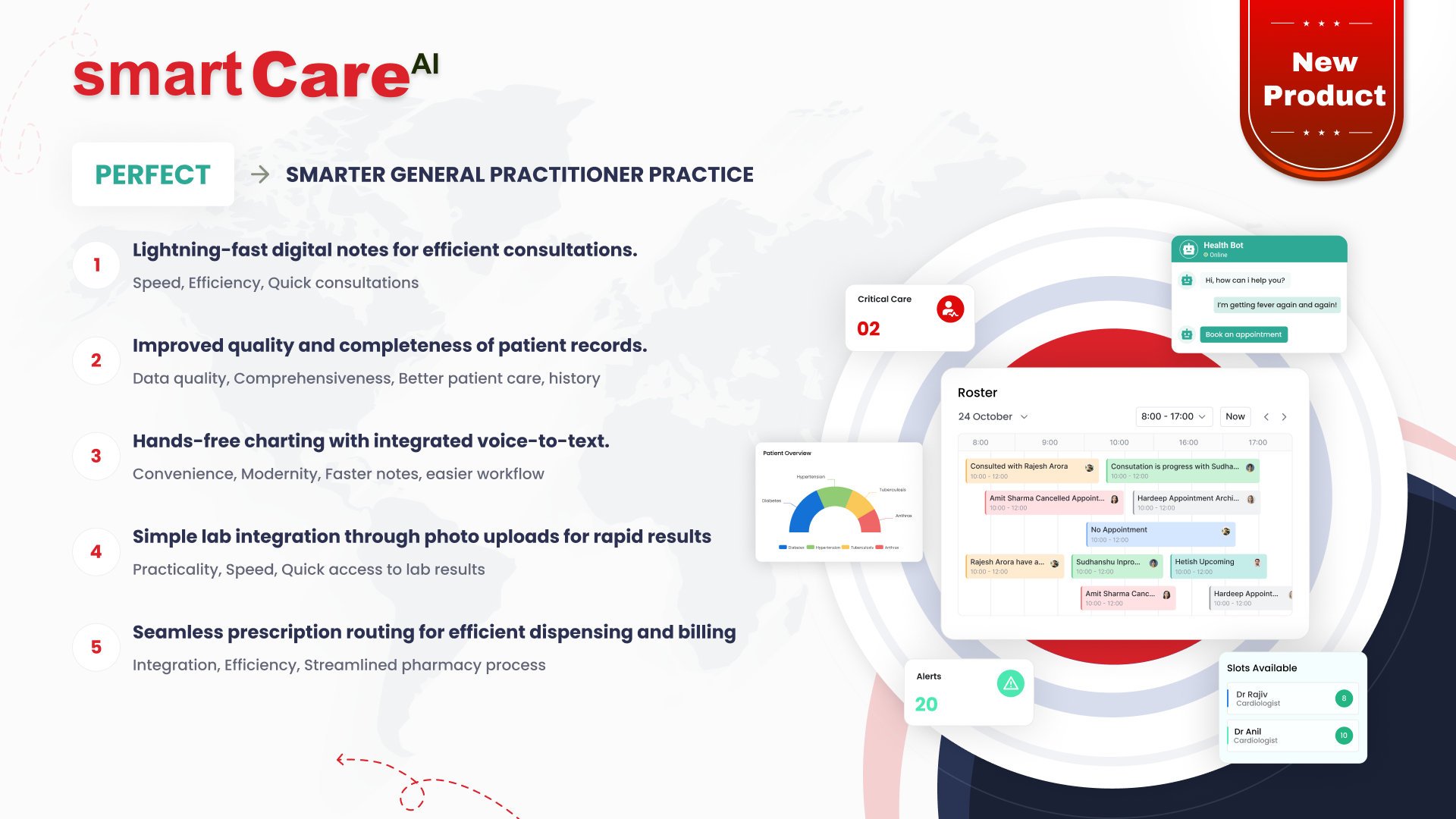
Posted On July 2, 2025
How to Choose the Right Web Development Framework for Your Project
Choosing the right web development framework is one of the most important early decisions in any digital project. The right framework can help you build faster, maintain better, and scale more easily. On the other hand, the wrong choice can lead to delays, security gaps, or technical debt. Here are some key points to help you navigate this critical decision.
What Is a Web Development Framework and Why Does It Matter?
A web development framework is a pre-built set of tools, libraries, and best practices that simplifies the process of building websites and web applications. Instead of coding everything from scratch, developers use frameworks to speed up development and ensure their work follows established standards. Choosing the right one ensures your project starts on a solid foundation and avoids unnecessary complexity.
Understanding Your Project Goals Before Choosing a Framework
Before comparing frameworks, it’s essential to define your project goals clearly. Are you building a lightweight landing page or a complex enterprise platform? Do you need real-time updates, high levels of user interaction, or integration with third-party services? Knowing your end goal helps filter out frameworks that aren’t fit for purpose.
Should You Go with Front-End, Back-End, or Full-Stack Frameworks?
Frameworks generally fall into three categories: front-end, back-end, and full-stack. Front-end frameworks like React and Angular help build user interfaces. Back-end frameworks like Django or Node.js handle server-side operations. Full-stack frameworks, such as Meteor or Laravel, aim to manage both. Your choice should align with your team’s skills and the demands of the project.
How Project Size and Complexity Affect Your Framework Choice
Small projects may benefit from lightweight, easy-to-learn frameworks that don’t add unnecessary bulk. Larger, more complex applications might require frameworks with robust features, scalability, and long-term community support. Understanding the scope and expected growth of your project can help you choose a solution that fits today and adapts to tomorrow.
Comparing Popular Frameworks: Pros and Cons You Should Know
Each framework has strengths and limitations. For example, React offers a rich ecosystem and flexibility, but it’s just a UI library and may need additional tools. Django is highly secure and great for rapid development, but it can be overkill for small projects. Comparing frameworks based on your needs—such as ease of use, performance, security, and community support—can clarify which one is best suited.
Why Community Support and Documentation Make a Big Difference
Strong community support can significantly reduce development time and troubleshooting issues. Frameworks with active developer communities often come with extensive documentation, tutorials, and forums. This ecosystem makes it easier for teams to learn, get help quickly, and stay up to date with best practices. If you’re choosing between two similar frameworks, always check which one has more robust community backing.
Considering Scalability and Performance for Long-Term Growth
Not all frameworks are built to scale efficiently. If you expect your application to grow in terms of users, features, or data, you need a framework that can support scaling without compromising performance. Some frameworks are ideal for rapid development but may struggle under heavy load. Consider how well the framework handles real-time data, concurrent users, and modular growth when making your choice.
How Security Features Differ Across Web Frameworks
Security is a non-negotiable aspect of web development. Each framework offers different built-in security measures, such as protection against SQL injection, XSS (Cross-Site Scripting), and CSRF (Cross-Site Request Forgery). Choosing a framework with strong security protocols and regular updates reduces your risk of vulnerabilities and helps ensure compliance with privacy regulations.
The Role of Developer Experience and Team Skills in Your Decision
Your team’s experience with a specific framework can influence both project success and delivery time. Even if a framework is popular, it may not be the best fit if your developers aren’t familiar with it. Consider the existing skills and past experience of your development team. A slightly less popular framework might be more efficient if your team is already proficient in it.
Balancing Cost, Speed, and Flexibility in Framework Selection
Cost and time constraints are often top priorities for any project. Some frameworks offer rapid development tools and pre-built components that can speed up the process. Others may require more manual coding but offer greater flexibility in customisation. The key is to find a balance that fits your timeline and budget while leaving room for future changes.
Conclusion
Selecting the right web development framework requires a balance of technical requirements, team capabilities, and future vision. By understanding your project goals, size, and technical needs, and carefully comparing options, you can make an informed decision that supports long-term success.
To explore custom web solutions built with the right framework for your needs, visit smartdatainc.com.
